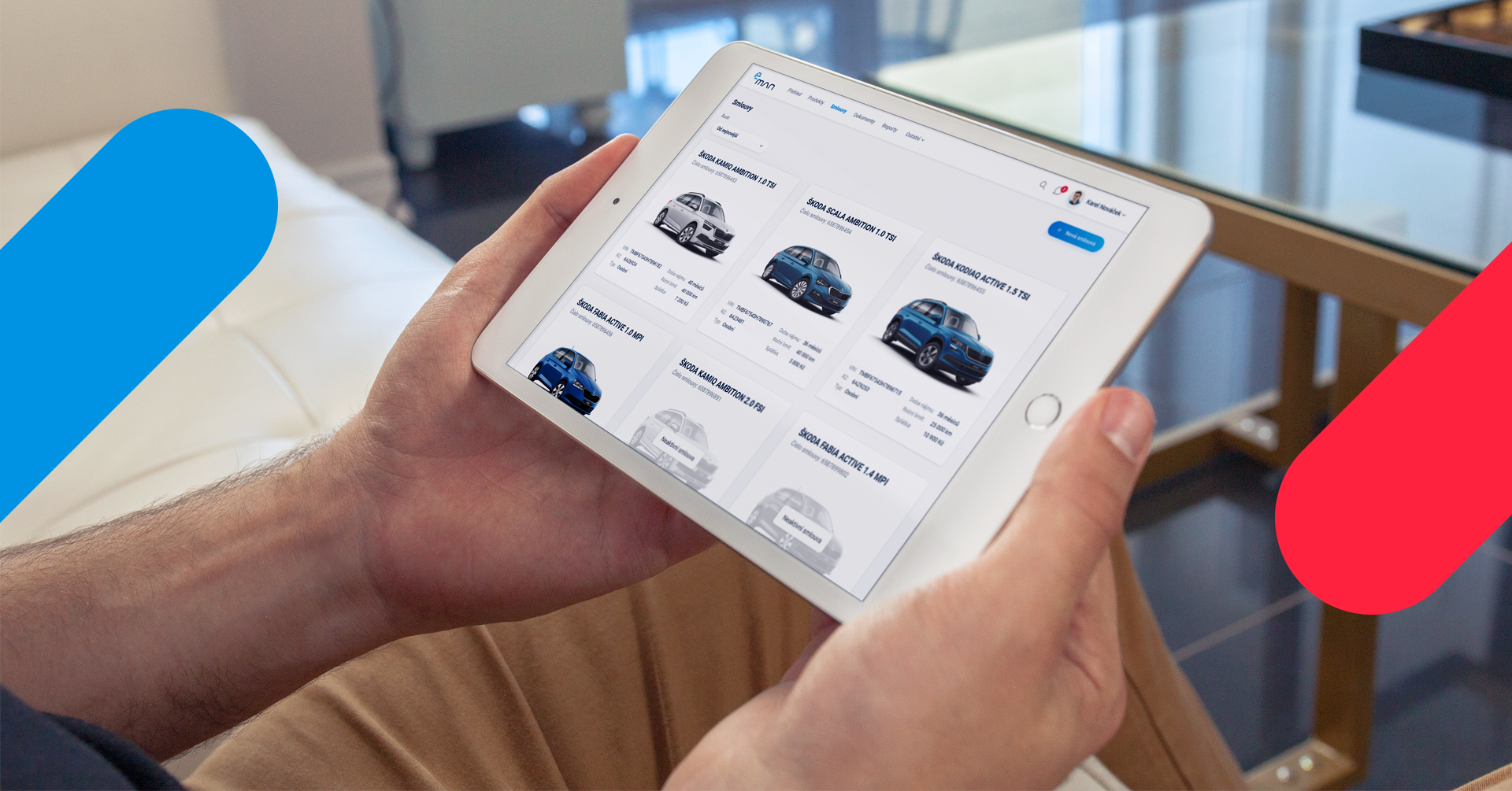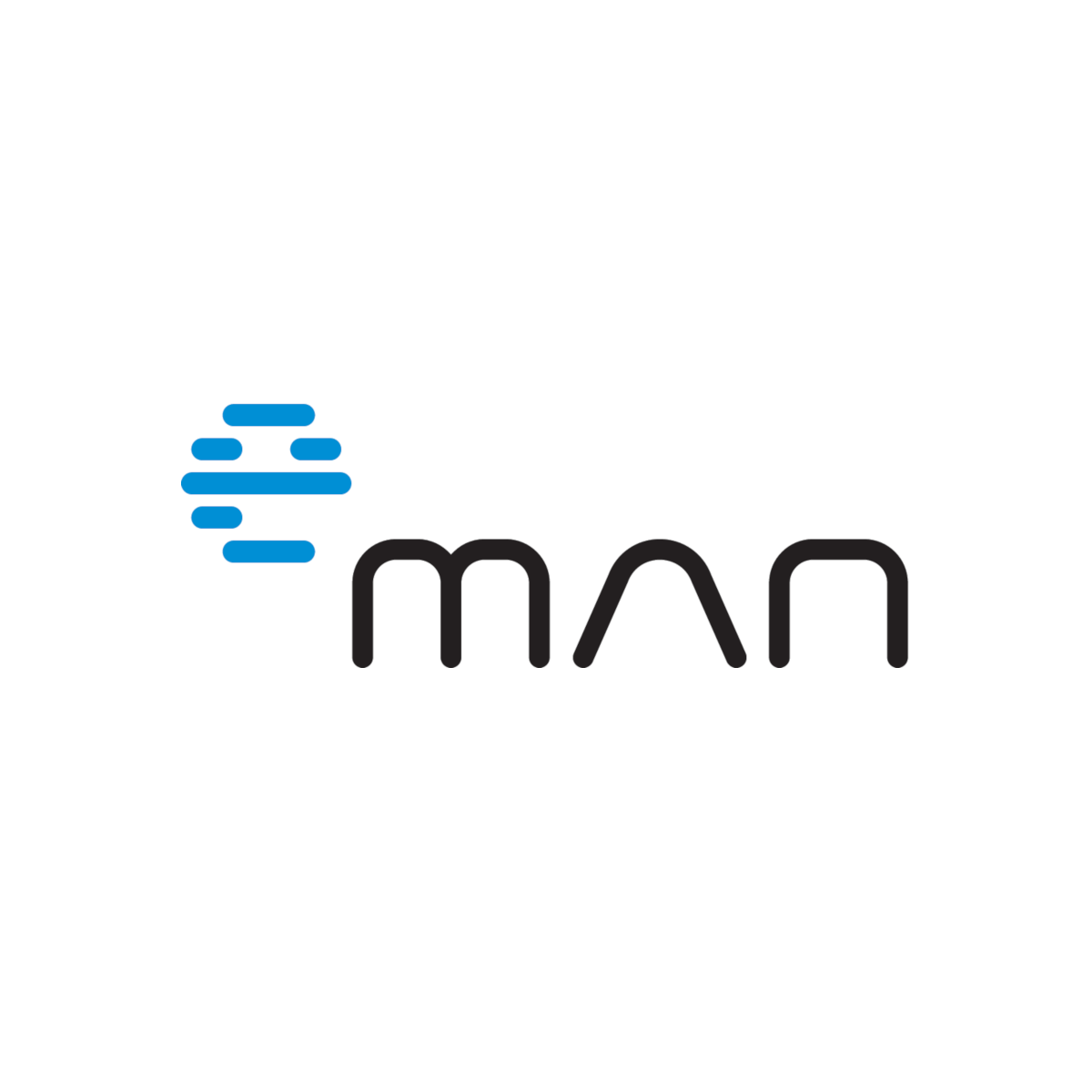Let’s fine-tune some details in this, the final instalment in our series on customer portals. Here, we will talk about responsiveness, cross-selling, and up-selling.
7 ways to improve the customer zone (3/3)

Is this your first time on the series? Read the first a second parts.
6. Mobile in the first place
Over the last 7 years, the number of users browsing the internet with a phone has increased by 222%. As a result, the share of desktop PC vs. mobile browsing is currently about 1:1. This includes websites that are not adapted for mobile devices at all.
Of course, this significantly reduces user comfort – not to mention customer satisfaction and conversion rates. Therefore, pay special attention to the technical implementation of your portal and, in your analyses, place the same emphasis on the mobile user interface (UI) as on the one for desktop PCs.
Within web technologies, there are also a number of modern approaches that make a website look more like a mobile application. These applications are so-called progressive web apps (PWA), where the user “pinches” their mobile phone screen and the app responds like a regular, installed application.
We must also not forget native mobile applications, whose display and communication quality will far exceed the capabilities of any website. Add to this the wide range of possibilities for using mobile device tools such as cameras, push notifications, fingerprint readers, or face IDs.
For now, a website can only dream of displaying the visual elements or possibilities of animation and gesture control consistent with a mobile OS. For example, a widget for Android or Apple iOS showing the current consumption of a given commodity is an unrivaled ability of a native application.
The fact that the user has their phone (and, with it, the customer zone) always within reach, creates the potential for higher traffic to the portal.
7. Cross- selling and up-selling
Cross-selling – sales of (more or less) related products – is another way to reinforce contact with the customer. At the same time, it can bring additional profits.
Ordering a chimney cleaning or boiler maintenance from your gas provider is a relatively intuitive idea, just like, for example, ordering digital TV services from your ISP.
Another example is the targeted offer of natural gas to customers who purchase electricity from an energy company, with the possibility of basing the new product on the attributes of the product already purchased. You can work with this principle for practically any product.
In cross-selling, it is important to emphasize the consistency of the customer zone across products, in order to facilitate routine tasks. For example, pooling payments for all products into a single invoice will be appreciated by any customer and, for a portal operator who has all the data together, this is a minimum amount of extra work.
Additional revenues generated by the customer (up-selling) is another role that the customer zone can play.
However, it is important to offer an increase in the flat rate (or a more expensive alternate product) only to customers for whom it makes sense. For example, if a customer regularly runs out of data in the middle of the month, it makes sense to offer them an increase in the flat rate.
If there is a risk of a market price rise of a product, the customer portal is the place to address customers with a program like a longer commitment or a fixed price. There are many similar examples. Still, it’s always important to keep a pro-customer approach.
We are glad to advise you on establishing or optimizing a customer zone. For more information, visit zakaznicky-portal.eman.cz.
